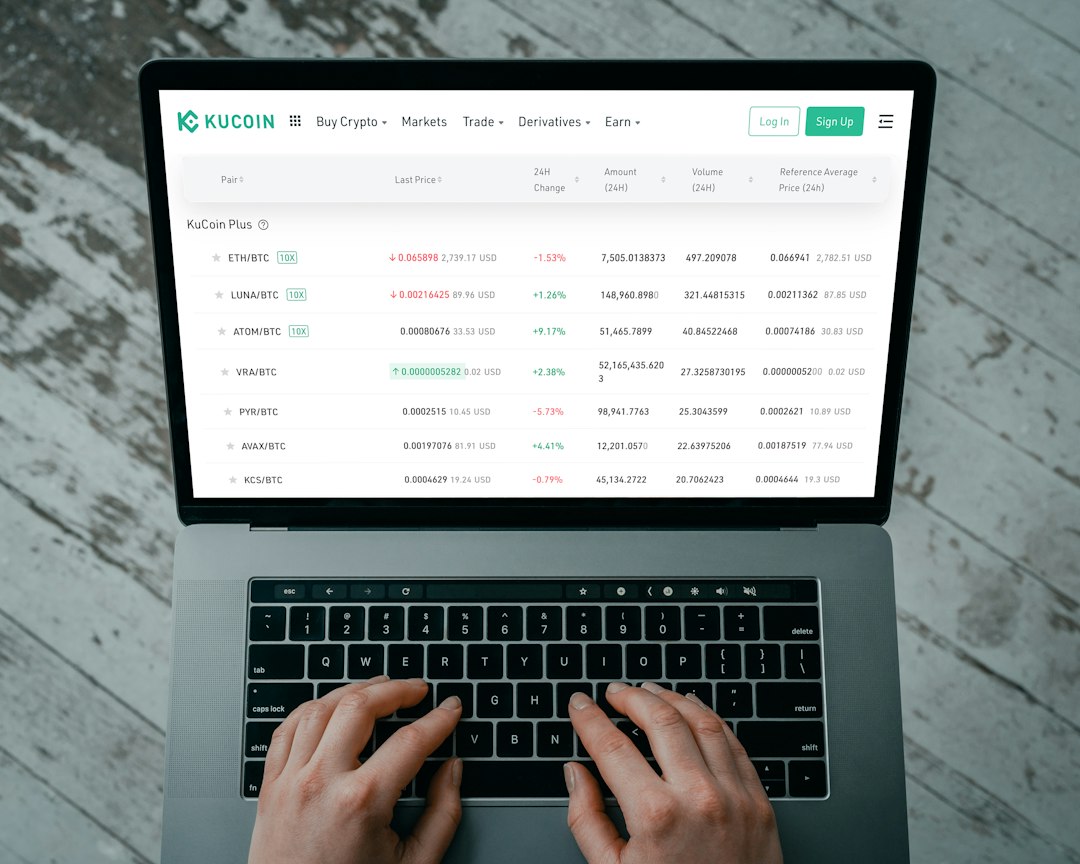Chainlink (LINK) Price Rally and On-Chain Metrics
On November 9, the price of Chainlink (LINK) hit a new 2023 peak at $16 before experiencing a 10% reversal below $14.5. Despite this, vital on-chain metrics are indicating a potential instant rebound for LINK.
Majority of LINK Holders are Targeting More Profits
Following the market-wide liquidations on Thursday, LINK price declined by 10% to a daily low of $14.40. However, recent on-chain movements suggest that most LINK holders are still positioned for a prolonged price rally.
According to the CryptoQuant chart, investors have reduced their LINK exchange deposits by 1.4 million tokens this week, indicating that most holders are targeting more profits and cooling concerns of a large-scale sell-off.
Chainlink’s Rising New User Acquisition Rate Has Reached a 4-Month Peak
The increase in the number of Chainlink’s New Users has been a major driver behind the rally. As depicted in on-chain data trends, Chainlink’s rising new user acquisition rate reached a four-month peak of 3,004 addresses on Thursday.
The New Addresses metric tracks the rate at which a blockchain network attracts new users by summing up new Chainlink wallets created daily. This increased demand from new users could prop up prices despite the market-wide correction.
LINK Price Prediction: Is $20 Within Reach?
Drawing inferences from the on-chain metrics analyzed above, Chainlink looks set to snap out of consolidation phases soon. The Global In/Out of the Money (GIOM) data affirms this bullish prediction, showing that Chainlink’s price must first scale the initial resistance at $15.40 for the bulls to be confident of reclaiming $20.
If those holders exit early, they could slow down the price rally. But if the bulls can scale that resistance level, Chainlink’s price will likely reclaim $20 as predicted.
Hot Take: Potential for Chainlink’s Upward Pressure
Despite experiencing a decline in price, various on-chain metrics indicate that Chainlink’s potential for an upward pressure remains strong due to decreased exchange reserves and increased demand from new users joining the network.





 By
By
 By
By
 By
By
 By
By
 By
By
 By
By